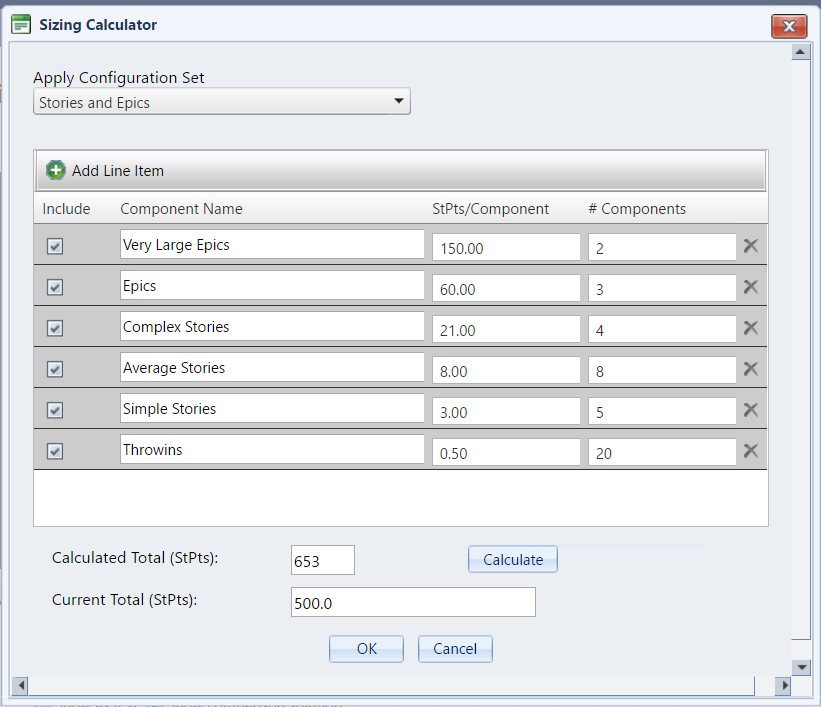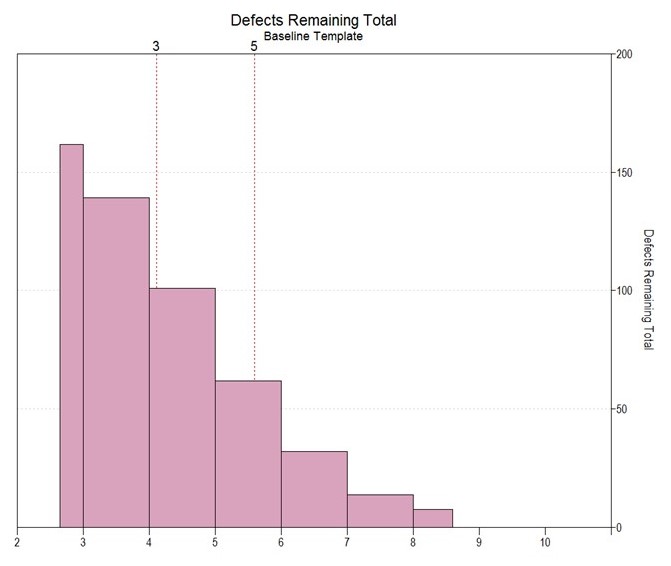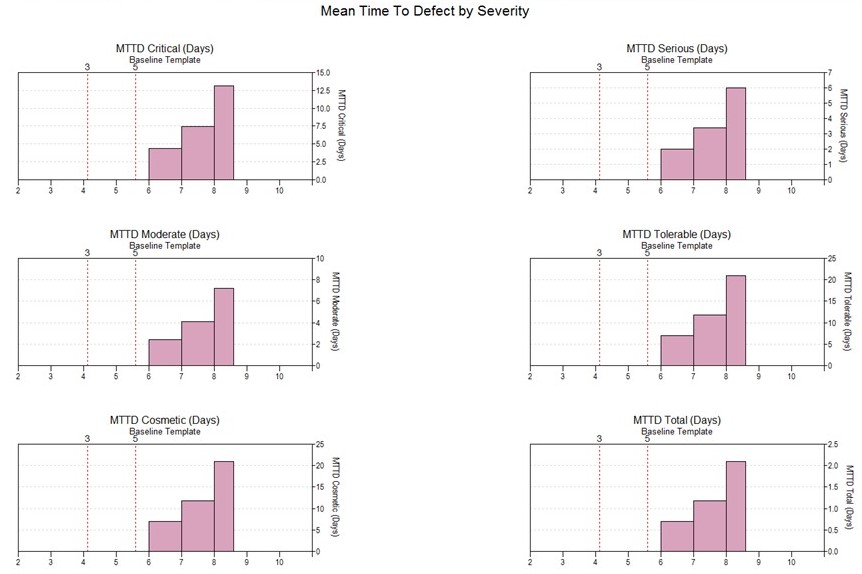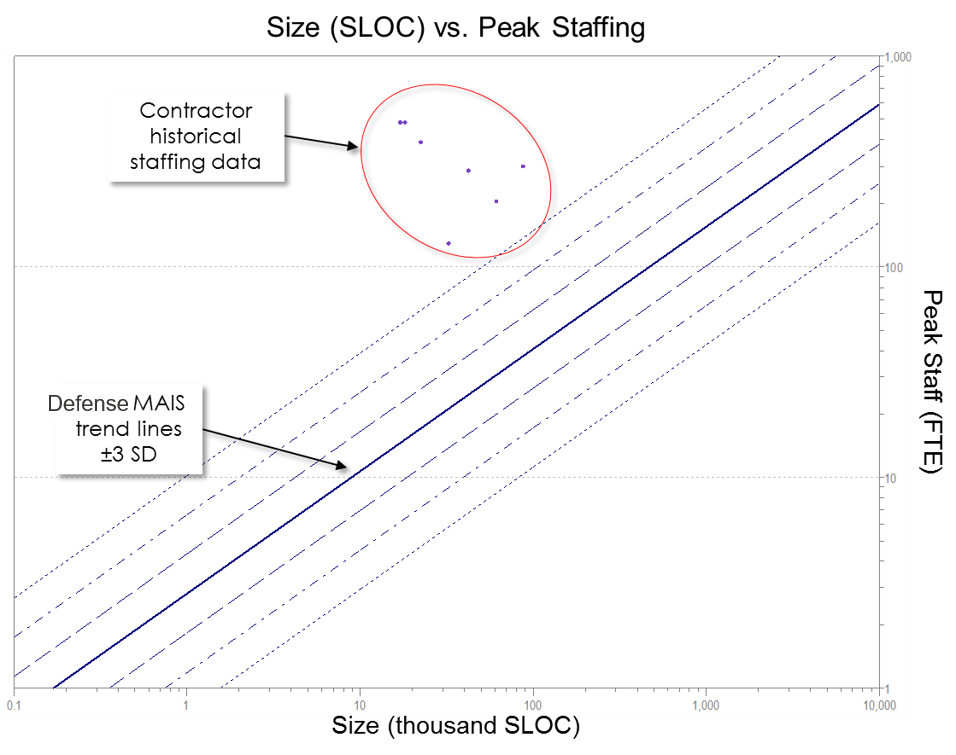New Article: Alternative Sizing Units for Agile Estimation

QSM recently published the fifth article in the QSM Agile Round Table series. The QSM Agile Round Table was formed to discuss the role of estimation in agile environments. QSM customers shared their questions, challenges, and experiences on the relevance and benefits of scope-based estimation in an agile environment. This article continues the focus from the previous article on determining size in a consistent enough manner across multiple products, projects, and agile teams so that you have good historical data on which to base an estimate. QSM's Andy Berner looks at other sizing units besides story points, in particular function points and source lines of code.







